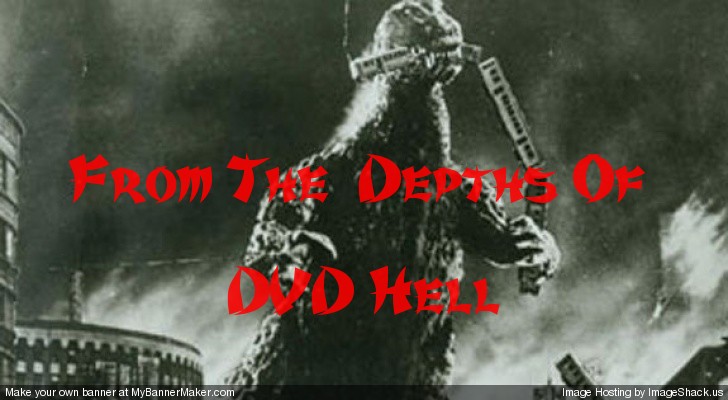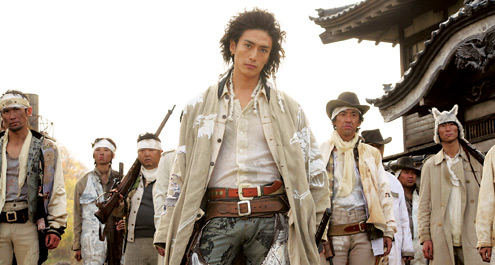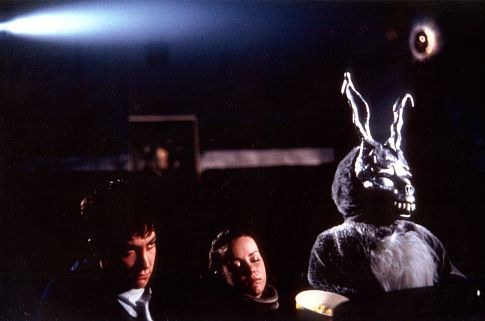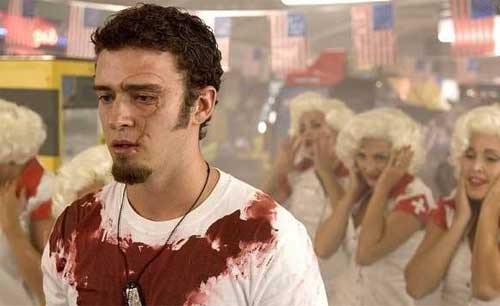
Title: Vanishing Point
Director: Richard C. Sarafian
Director: Richard C. Sarafian
Released: 1971
Staring: Barry Newman, Cleavon Little, Dean Jagger
Rating: 5 / 5
Rating: 5 / 5
Plot: Disgraced cop turn delivery driver Kowalski (Newman) is challenged to get a Dodge Challanger to San Francisco in 15 hours. So with a handful of speed and a full tank of gas, the race is on.
Review: Finding myself in my current mood, I think it’s safe to say that sometimes it’s better to go back and look at the things which inspired you to begin with, especially if your like myself a critic of some aspect of popular culture, trying to make a name for yourself amongst the field of the hundred like minded folks, it can sometimes get you feeling a little jaded in some ways, to the point were you end up like one of those sellout critics, like Harry Knowles or Roger Egbert, sneering down on your chosen genre, as you rain down a bile fuelled hate on the same films you used to have such love for, so to avoid going down that path and to help redirect this blog, back to a more simpler style of film making than I have been looking at with recent reviews, I decided to revisit “Vanishing Point” old favourite of mine from my film going youth, which for some reason never seems to be as fondly remembered by anyone else, which is made all the strange as it’s safe to say it is a genuine cult classic.
Review: Finding myself in my current mood, I think it’s safe to say that sometimes it’s better to go back and look at the things which inspired you to begin with, especially if your like myself a critic of some aspect of popular culture, trying to make a name for yourself amongst the field of the hundred like minded folks, it can sometimes get you feeling a little jaded in some ways, to the point were you end up like one of those sellout critics, like Harry Knowles or Roger Egbert, sneering down on your chosen genre, as you rain down a bile fuelled hate on the same films you used to have such love for, so to avoid going down that path and to help redirect this blog, back to a more simpler style of film making than I have been looking at with recent reviews, I decided to revisit “Vanishing Point” old favourite of mine from my film going youth, which for some reason never seems to be as fondly remembered by anyone else, which is made all the strange as it’s safe to say it is a genuine cult classic.
Like so many cult classics, “Vanishing Point” wasn’t greeted with the best reception by the critics upon its original release, with a lot of them hating the ending, meaning that it was a film that quickly disappeared, only later finding it’s audience while been shown as a double feature with “The French Connection” (1971), whose main star Gene Hackman had been the first choice to play Kowalski in an ironic twist of fate, but it is a shame really as it is a fantastic film, which moves plot wise almost as fast a Kowalski is driving, with the plot kept purely to a bare minimum, with only the occasion diversion from the action, with are either via the Super Soul radio broadcasts, flashbacks to Kowalski’s past or one of the numerous encounters which Kowalski has along the way, which vary from Gay would be muggers to a desert prospector (Jagger) and a especially memorable scene involving a naked girl on a motorcycle, the film constantly finds something new to keep your attention, which is a good thing, as I doubt that Sarafian would have been able to keep the audiences attention, had he turned the film into one 99 minute chase sequence, which is what most audience members will expect going into this movie, but this is not to say that these sequences are neglected, as they still form a hefty chunk of the film, with each sequence working hard to be more exciting and interesting than the last, which isn’t easy when you consider that the majority of the scenery is desert, but thankfully something which is effortlessly achieved here, even though he doesn’t have a great deal of scenery to work with, meaning that it’s also not resorting to the same kinds of tricks which other equally fun chase movies such as “Bullitt” (1968) and “The Driver” (1978) utilised to keep the audience hooked, with their sequences.
The character of Super Soul (Little) is one of the more interesting characters of the piece and while also providing fun diversions from the main story, he acts kind of like a guide, while also bringing a whole new meaning to the phrase “Blind leading the blind” as he guides Kowalski through his radio show, even on occasion appearing to talk directly to him, as he helps him to evade the efforts of the police who are keen to stop him and in many ways it reminded me of the DJ in Walter Hill’s “The Warriors” (1979) and even though he doesn’t know of Kowalski’s reasons for doing what he is doing, he still feels that he must get behind him, turning him into a folk hero as the film progresses, especially as more and more people join the cause, the majority of which are outsiders themselves, judging by how the crowd that gathers outside of his studio is mainly Hippies and Bikers, all of which seemingly sharing Kowalski’s apparent ideals about freedom, which he never once mentions, only saying that he is going to San Francisco, when asked by any of the characters in which he meets along the way.
The ending is kind of a talking point for this film whenever it is mentioned, especially with many seeing it as being a real down ending for which is throughout a pretty upbeat film and true the first time I saw it, I didn’t really like the ending much, which see’s Kowalski dying a fiery death in his car as he crashes into the bulldozer barricade, but it’s upon repeat viewing in which you see the smile he has on his face, just before he crashes that show that he is happy to die doing the one thing he has left, having lost his, both of his racing careers after near fatal crashes, as well as his police career, when he stopped a fellow officer raping a girl, who may or may not be the same girl who is riding the motorcycle naked. It’s driving that is all he has and it seems like he’d rather die doing this than have the one thing he has left being taken from him as well. Still however it is sad to say that some critics still write this ending off, as Sarafian not knowing how to end the film, but it is an ending that produces any number of theories, which even differ amongst the cast and crew of the film.
Soundtrack wise it’s a mixture of soul, rock and an occasional dip into country, which works well here, with even the gospel songs sounding good and all of them providing a nice soundtrack for the desert setting and the roar of the Dodge challenger’s engine.
Even though it is largely unknown “Vanishing Point” is a film defiantly worth seeking out, especially for a lazy afternoon viewing, which is how it is best viewed as it’s not trying to make any serious points, despite often being seen as a reflection of the mood in the United States post-Woodstock, it doesn’t suffer from the problem of looking dated, but avoid the 1997 remake, as there will only be one original version and really when its as good as this, then that is all you need.





























